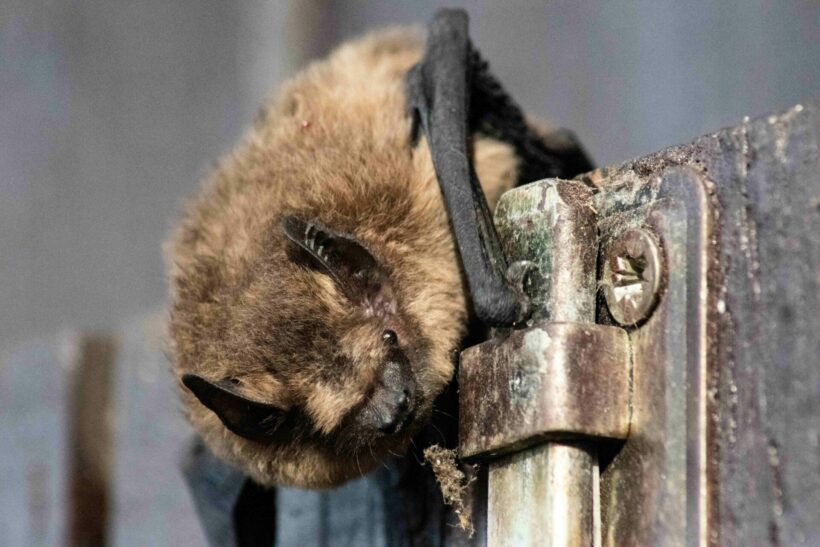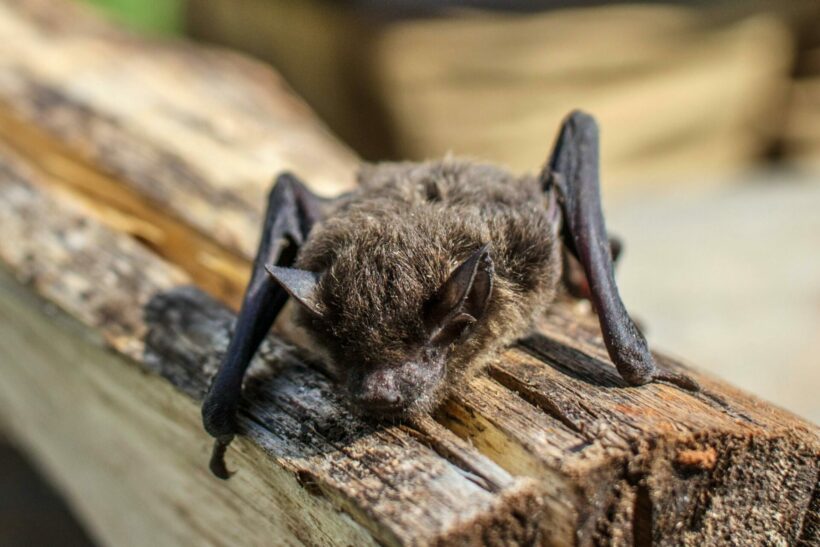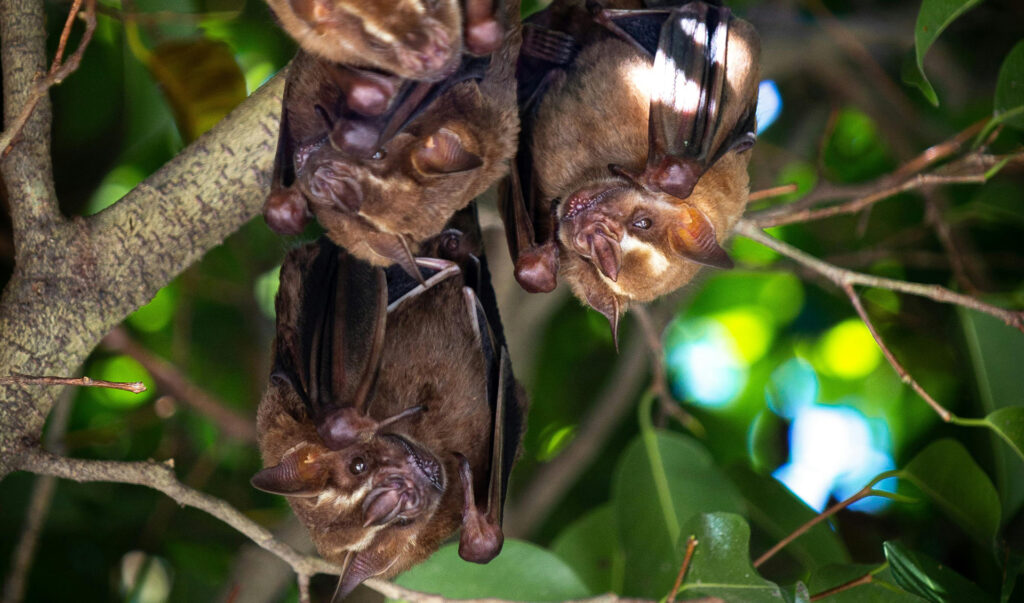Night’s Guardians Unveiled: The Enigmatic World of Bats
ENVIRONMENT, 13 May 2024
Assaf Levy | BioDB - TRANSCEND Media Service
Every year on April 17, the world turns its attention to the skies at dusk to celebrate Bat Appreciation Day. This special day is not just a tribute but a call to recognize these nocturnal creatures’ vital roles in our ecosystems. Bats, often misunderstood and cloaked in myths, are fascinating beings that play key roles in pollination, insect control, and seed dispersal. As twilight creatures, they embody the mysterious intersection between day and night, serving as crucial contributors to the health of our planet.
17 Apr 2024 – Bats, belonging to the order Chiroptera, meaning “hand-wing,” are the only mammals capable of continuous flight. Boasting an impressive array of species, over 1,400, bats showcase a remarkable adaptability across almost every habitat on Earth. These creatures of the night come in astonishing varieties, from the tiny bumblebee bat, the weight of a penny, to the majestic flying foxes with wingspans stretching nearly six feet. Yet, beyond their diversity and the awe they inspire, bats harbor secrets that are crucial to human well-being and global biodiversity.
Bats are often found in forests, caves, and even urban areas, playing vital roles in pollination, seed dispersal, and insect control. For example, the lesser long-nosed bat and the Mexican long-tongued bat are crucial pollinators in the deserts of North America, ensuring the survival of species like the agave and cactus. Insectivorous bats, such as the little brown bat, are nature’s pest control, capable of consuming their body weight in insects each night, benefiting agriculture and reducing the need for chemical pesticides.

Pexels | CC0
One of the most fascinating aspects of bats is their use of echolocation to navigate and hunt in the dark. By emitting high-frequency sounds that bounce off objects and return as echoes, bats can navigate the darkest of nights and capture their prey with incredible precision. This biological sonar allows them to perform aerial feats that are the envy of engineers and biologists worldwide, inspiring technology that benefits humanity, including advancements in navigation tools and sensory aids for the visually impaired.
Bats are night-time warriors in the battle against crop pests, saving the agriculture industry billions annually by consuming vast quantities of insects. In regions like the Texas Hill Country, bats emerge in vast numbers, forming clouds against the twilight sky as they feast on night-flying pests. Their appetite for insects not only provides natural pest control but also reduces the need for chemical pesticides, showcasing their invaluable contribution to sustainable agriculture and biodiversity.
While their pest control feats are well-documented, bats’ role as pollinators often flies under the radar. In desert ecosystems, bats are the night-time counterparts to bees, pollinating plants like agave and cacti. The agave plant, essential to producing tequila, relies on bats for pollination, highlighting a direct link between bat conservation and the enjoyment of one of the world’s most popular spirits.
Bats have long been entwined with superstitions, often depicted as omens of misfortune or linked to mythical creatures of the night. These beliefs, while baseless, have influenced perceptions of bats, casting them as symbols of fear and misunderstanding in various cultures. However, education and awareness are key to dispelling these myths, highlighting bats’ ecological importance rather than fictitious malignancy.
Aside from this, the connection between bats and the COVID-19 virus has intensified scrutiny and fear, with some blaming bats for the pandemic. While it’s true that bats, like many wildlife species, can be reservoirs for viruses, the spillover of such pathogens into human populations is complex, often involving multiple factors, including habitat destruction and wildlife trade. It’s crucial to approach this issue with science and understanding, recognizing the role of human activity in zoonotic diseases and the importance of wildlife conservation in preventing future outbreaks.

Pexels | CC0
Despite their importance, bats face numerous threats, including habitat loss, climate change, and diseases like white-nose syndrome, which has decimated populations in North America. The International Union for Conservation of Nature (IUCN) lists several bat species as endangered or critically endangered, emphasizing the urgent need for conservation efforts.
Efforts to protect bats are as diverse as the species themselves, ranging from habitat restoration and protection to disease research and public education campaigns. Organizations worldwide are working to safeguard roosting sites, promote bat-friendly farming practices, and combat misinformation that fuels fear and persecution of bats.
As we celebrate Bat Appreciation Day, let us remember the vital roles these remarkable creatures play in our ecosystems. By understanding and protecting bats, we not only ensure their survival but also maintain the delicate balance of nature that sustains life on Earth. The night sky, alive with the silent dance of wings, reminds us of our connection to the mysterious and the magical in the natural world, urging us to look beyond fear and into the heart of darkness, where beauty and wonder reside.
Go to Original – pressenza.com
Tags: Bats, Environment, Mammals
DISCLAIMER: The statements, views and opinions expressed in pieces republished here are solely those of the authors and do not necessarily represent those of TMS. In accordance with title 17 U.S.C. section 107, this material is distributed without profit to those who have expressed a prior interest in receiving the included information for research and educational purposes. TMS has no affiliation whatsoever with the originator of this article nor is TMS endorsed or sponsored by the originator. “GO TO ORIGINAL” links are provided as a convenience to our readers and allow for verification of authenticity. However, as originating pages are often updated by their originating host sites, the versions posted may not match the versions our readers view when clicking the “GO TO ORIGINAL” links. This site contains copyrighted material the use of which has not always been specifically authorized by the copyright owner. We are making such material available in our efforts to advance understanding of environmental, political, human rights, economic, democracy, scientific, and social justice issues, etc. We believe this constitutes a ‘fair use’ of any such copyrighted material as provided for in section 107 of the US Copyright Law. In accordance with Title 17 U.S.C. Section 107, the material on this site is distributed without profit to those who have expressed a prior interest in receiving the included information for research and educational purposes. For more information go to: http://www.law.cornell.edu/uscode/17/107.shtml. If you wish to use copyrighted material from this site for purposes of your own that go beyond ‘fair use’, you must obtain permission from the copyright owner.
Join the discussion!
We welcome debate and dissent, but personal — ad hominem — attacks (on authors, other users or any individual), abuse and defamatory language will not be tolerated. Nor will we tolerate attempts to deliberately disrupt discussions. We aim to maintain an inviting space to focus on intelligent interactions and debates.
